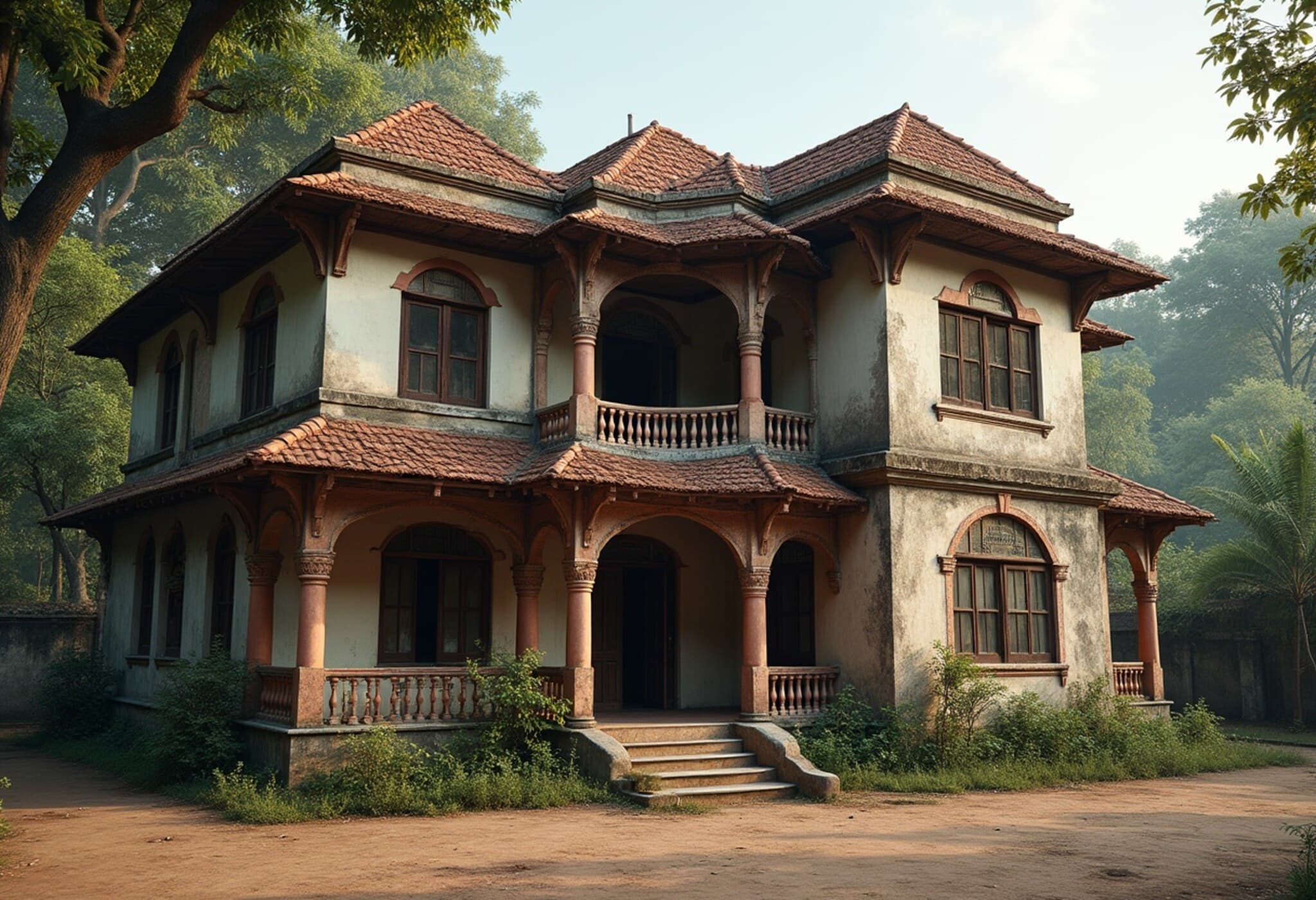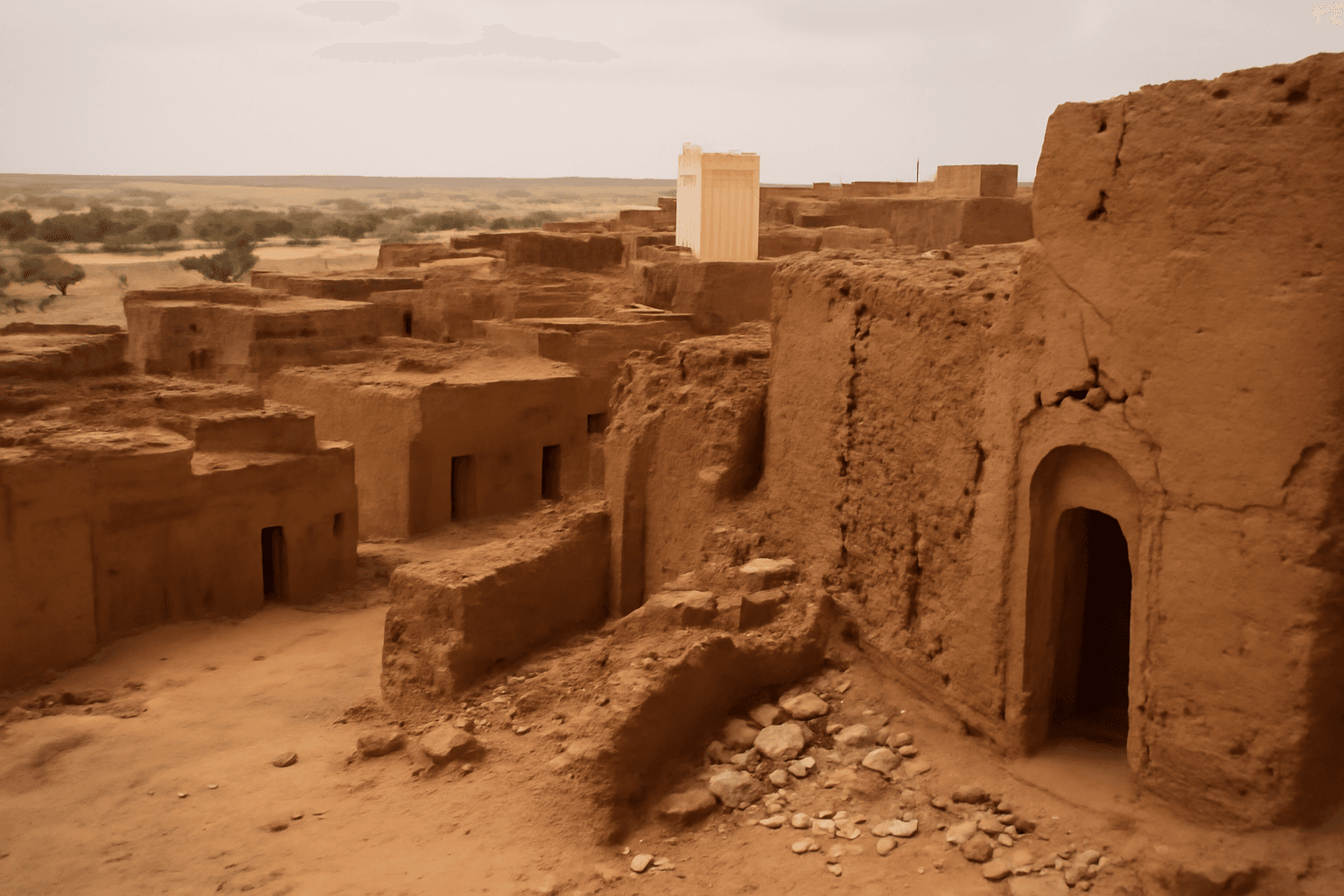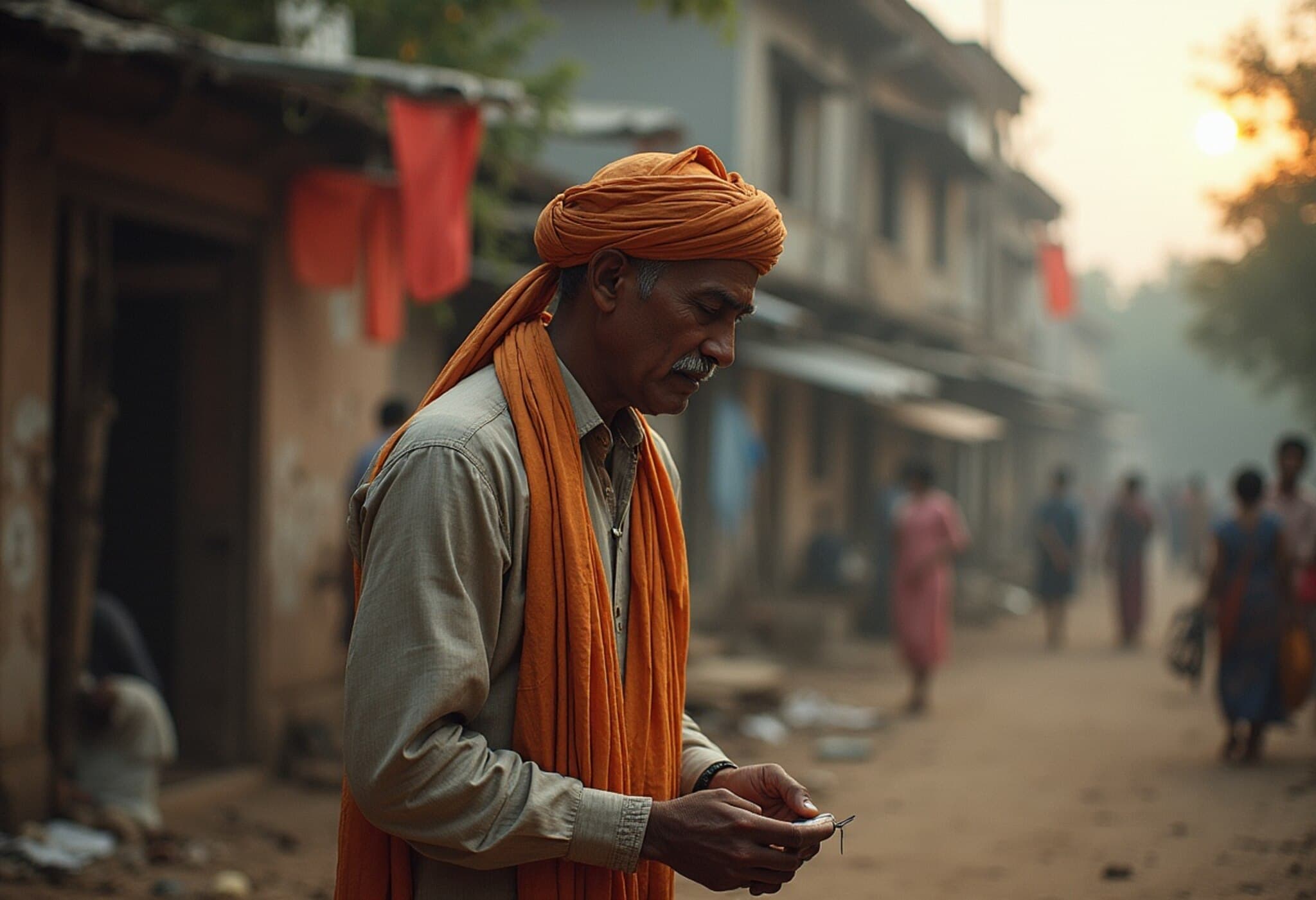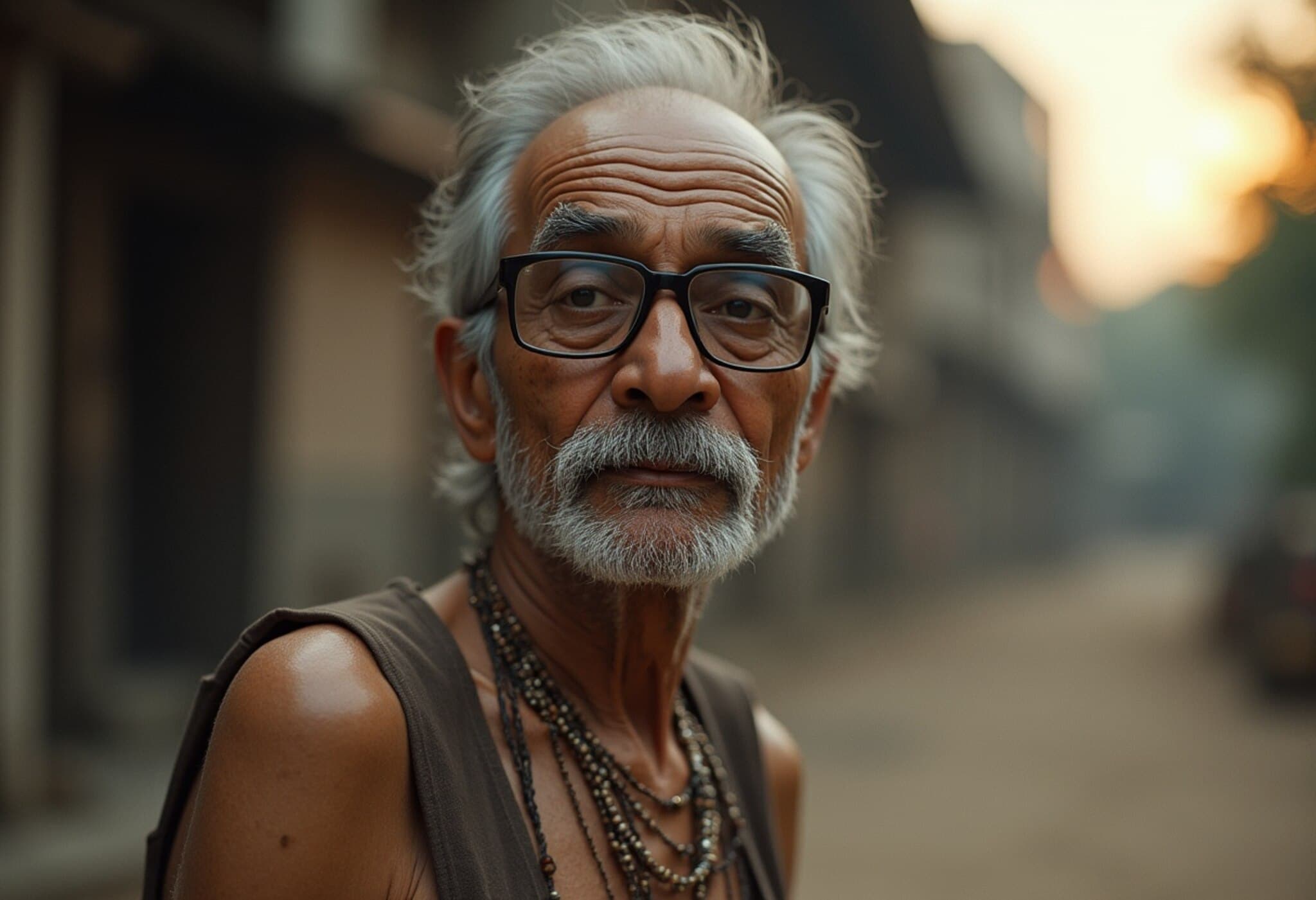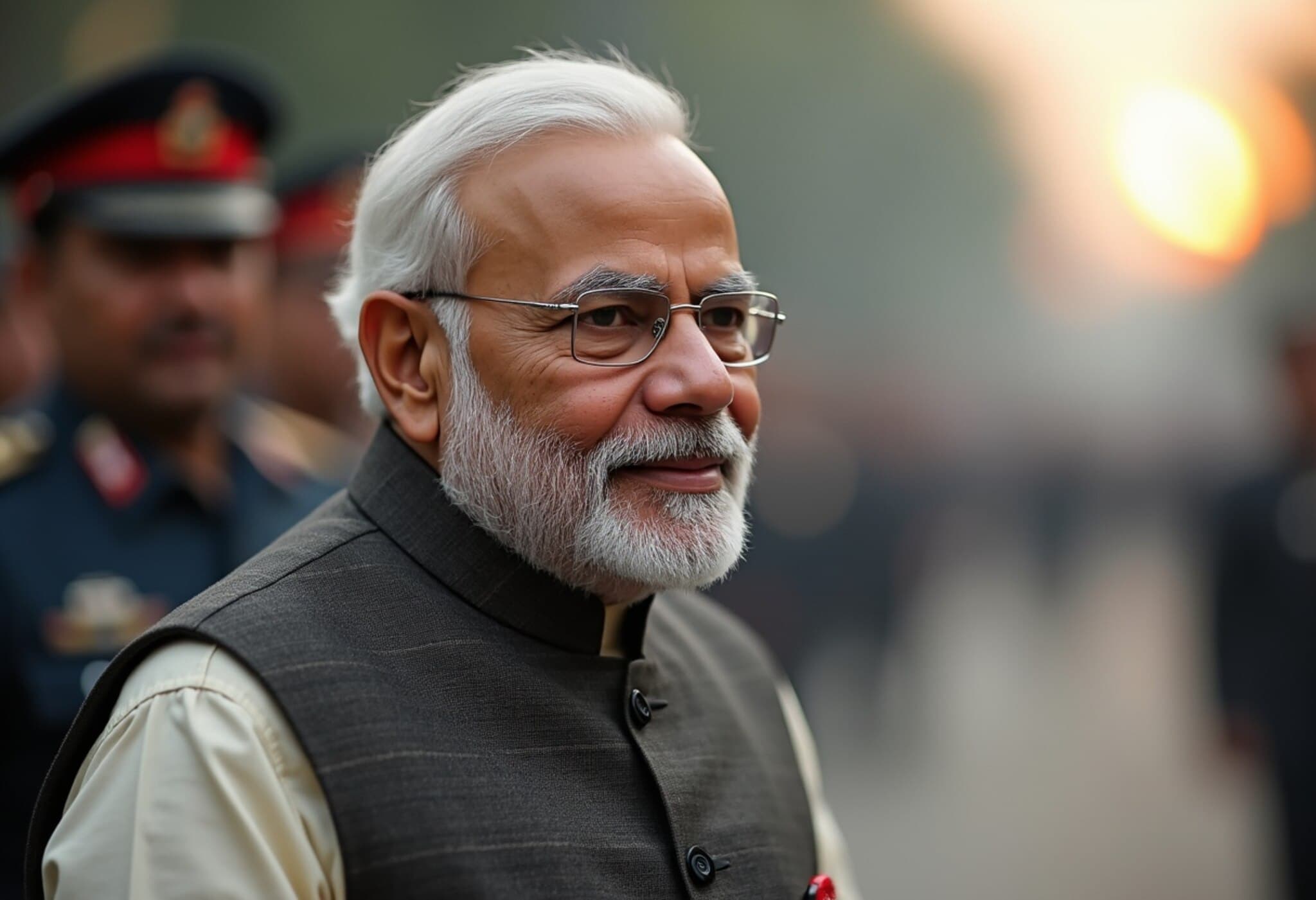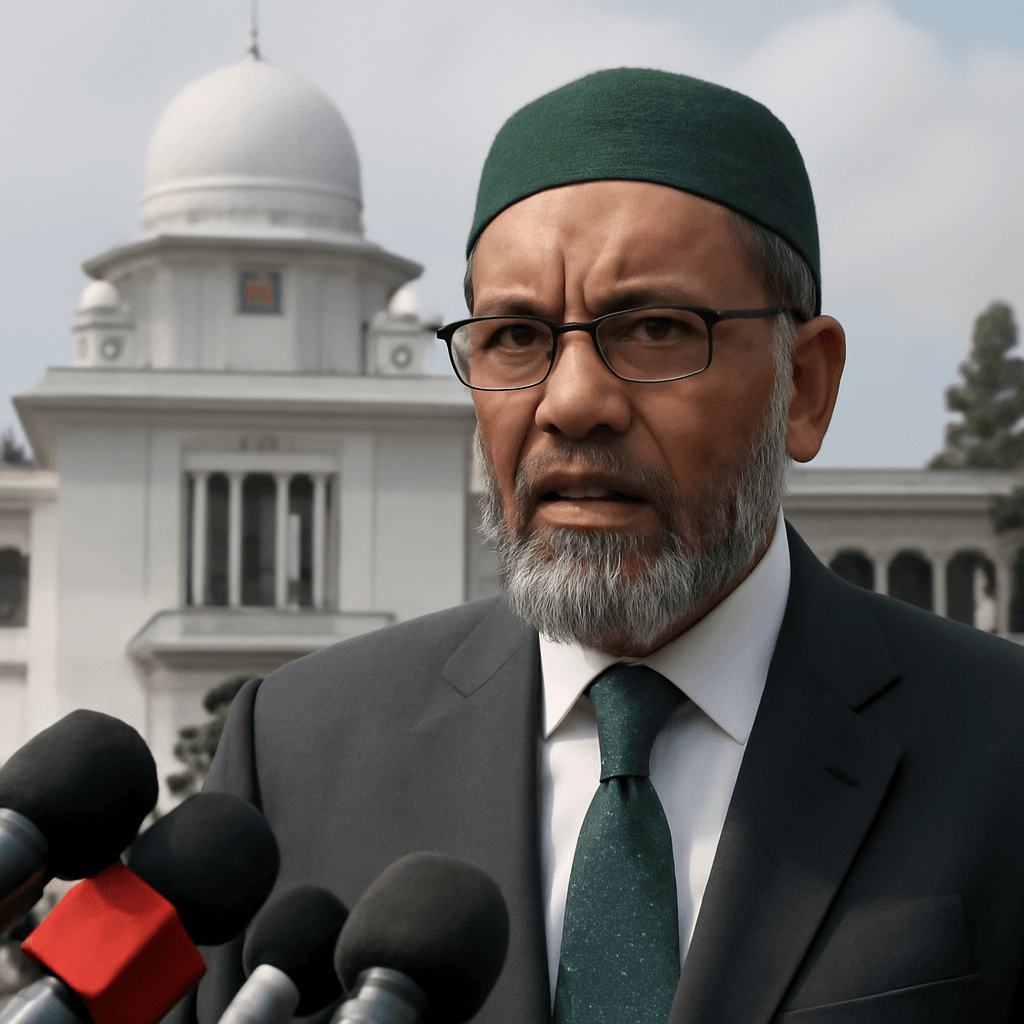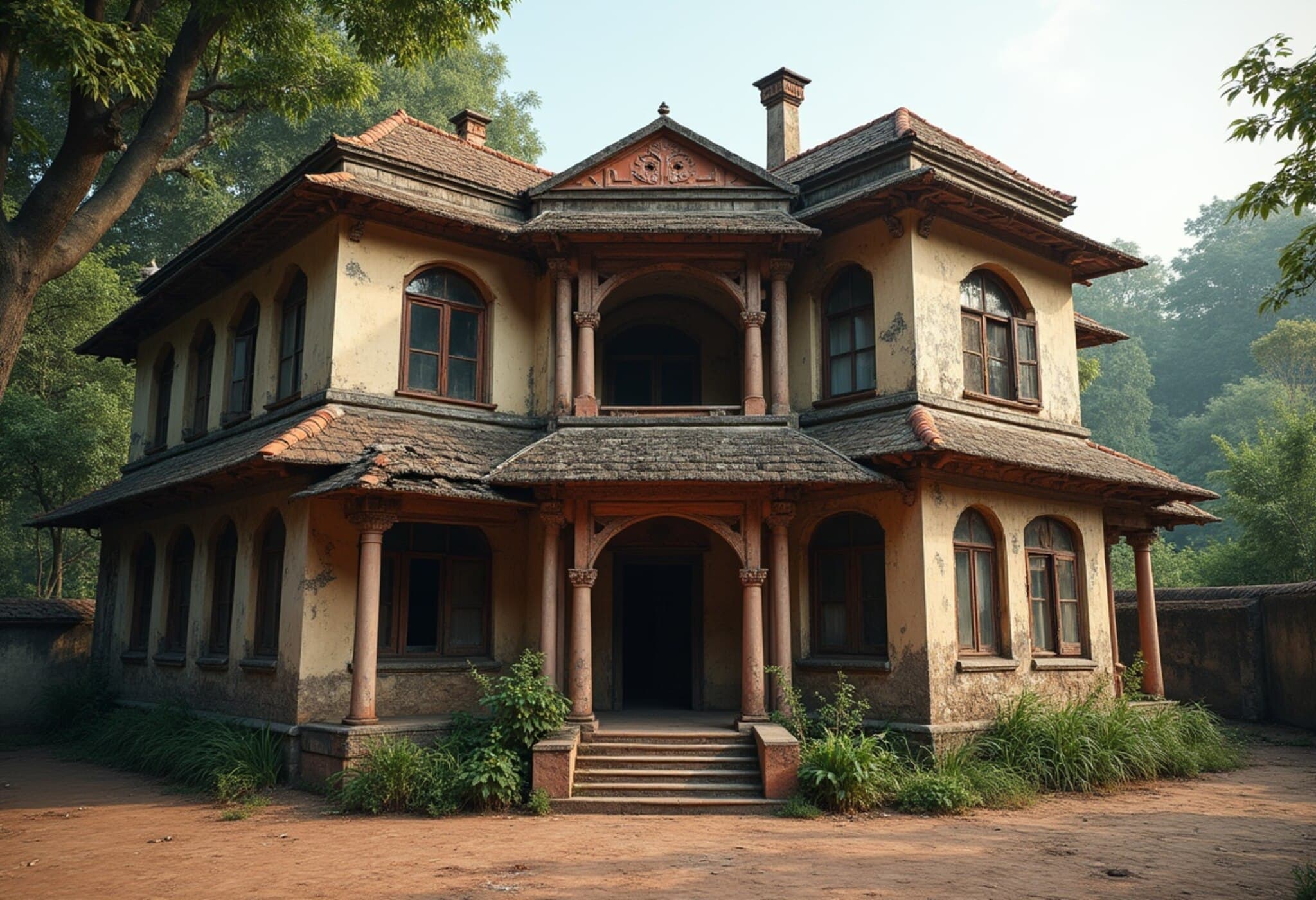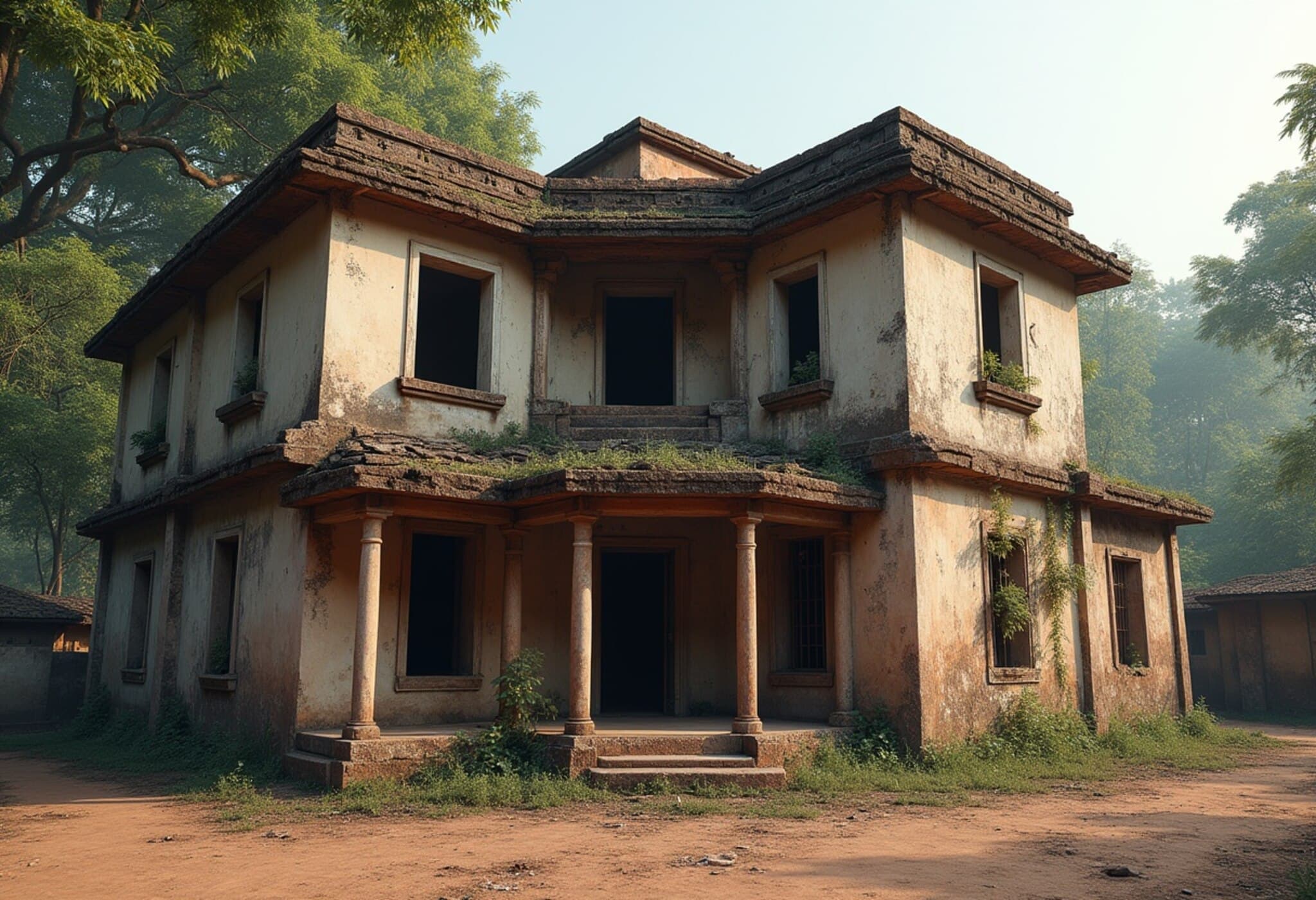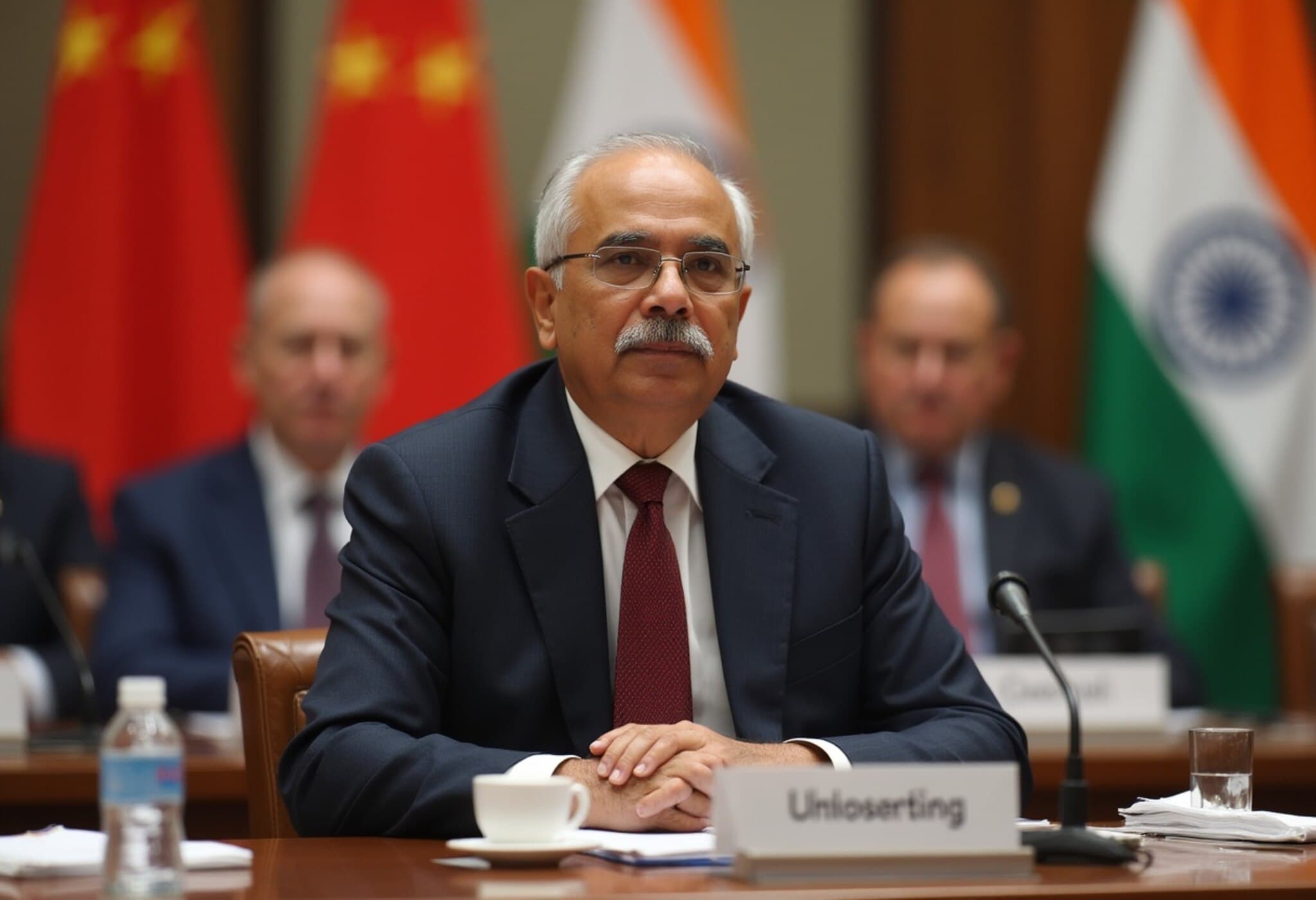India Appeals to Bangladesh to Reconsider Demolition of Satyajit Ray’s Heritage Home
The ancestral residence of legendary filmmaker and Oscar-winning auteur Satyajit Ray in Bangladesh is currently poised for demolition, sparking concern and diplomatic requests from India. Amid plans to replace the century-old structure with a modern semi-concrete building, the Indian government has urged Dhaka to pause and explore preservation efforts.
Historical Significance of the Ancestral Home
The house belongs to Ray’s grandfather, the celebrated writer and editor Upendrakishore Ray Chowdhury, a prominent figure in Bengal's literary and cultural renaissance. Situated in Mymensingh, about 120 kilometers north of Dhaka, the property carries not just familial significance but represents a shared cultural heritage between India and Bangladesh.
Post-Partition, the property became government-owned and had been repurposed since 1989 as the Mymensingh Shishu Academy, a children's institution. However, safety concerns over the dilapidated state of the building have led Bangladeshi authorities to approve its demolition to make way for a safer, modern facility.
India’s Diplomatic Intervention and Offer of Collaboration
Responding swiftly, India’s Ministry of External Affairs issued a statement expressing "profound regret" over the demolition of the heritage structure. The statement emphasized the building's status as a landmark symbolizing Bengal’s cultural renaissance and called on Bangladesh to reconsider demolition plans.
Further, India has offered cooperation to restore and convert the site into a "museum of literature", highlighting the opportunity to celebrate the deep literary and cultural ties that bind the two nations.
Local Perspectives and Government Responses
From Bangladesh’s side, a local official noted that the demolition has followed all necessary approvals and adheres to procedural norms. The rationale centers on child safety given the building’s deterioration. A new structure with improved facilities is planned to continue the academy's mission.
West Bengal Chief Minister Mamata Banerjee publicly voiced her distress over the demolition, calling it “heartbreaking” and appealing for intervention from both the Indian and Bangladeshi governments to preserve this vital cultural landmark.
Contextual Significance and Broader Implications
This incident underscores the challenges of heritage preservation amid urban development and safety concerns in South Asia. The house is not only a physical remnant of a towering figure of Indian cinema but also a testament to the intertwined histories and cultures across the Bengal region, divided by borders but united by tradition.
From a policy perspective, it invites reflection on how neighboring countries can collaboratively protect shared heritage. Preservation efforts often falter where national interests, safety issues, and bureaucratic priorities diverge. India’s active offer to assist sets a precedent for cross-border cultural cooperation, potentially invigorating future projects focused on preserving historical memory.
Critical Questions Moving Forward
- How can Bangladesh balance public safety and heritage preservation effectively?
- What frameworks exist or could be strengthened to foster bilateral cultural heritage management between India and Bangladesh?
- Could preserving such sites as literary museums or cultural centers enhance tourism and deepen mutual understanding?
- What role can local communities play in safeguarding historical landmarks amid modernization efforts?
Editor’s Note
The proposed demolition of Satyajit Ray’s ancestral home serves as a poignant reminder of the fragile nature of cultural heritage in fast-evolving societies. While infrastructural safety is paramount, preserving the tangible legacies of literary and cinematic giants is equally critical in nurturing identity and historical consciousness. This episode highlights the importance of sensitive, collaborative approaches that honor both public welfare and cultural memory. The joint stewardship of such landmarks could herald stronger ties and mutual respect across the India-Bangladesh border.

